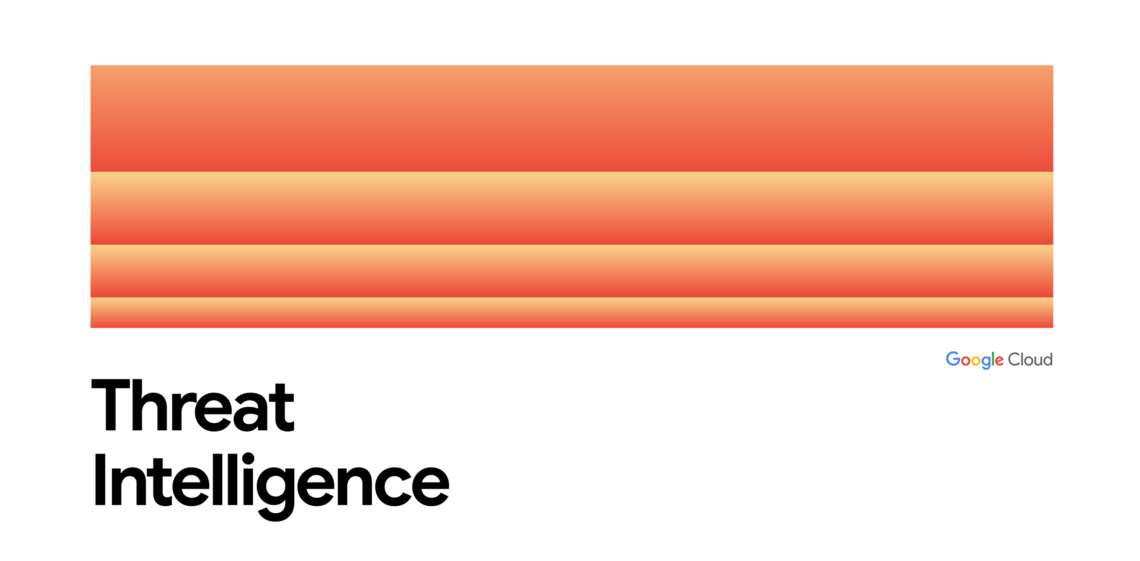Introduction
In mid 2024, Mandiant discovered threat actors deployed custom backdoors on Juniper Networks’ Junos OS routers. Mandiant attributed these backdoors to the China-nexus espionage group, UNC3886. Mandiant uncovered several TINYSHELL-based backdoors operating on Juniper Networks’ Junos OS routers. The backdoors had varying custom capabilities, including active and passive backdoor functions, as well as an embedded script that disables logging mechanisms on the target device.
Mandiant worked with Juniper Networks to investigate this activity and observed that the affected Juniper MX routers were running end-of-life hardware and software. Mandiant recommends that organizations upgrade their Juniper devices to the latest images released by Juniper Networks, which includes mitigations and updated signatures for the Juniper Malware Removal Tool (JMRT). Organizations should run the JMRT Quick Scan and Integrity Check after the upgrade. Juniper also released an advisory about this incident.
Mandiant has reported on similar custom malware ecosystems in 2022 and 2023 that UNC3886 deployed on virtualization technologies and network edge devices. This blog post showcases a development in UNC3886’s tactics, techniques and procedures (TTPs), and their focus on malware and capabilities that enable them to operate on network and edge devices, which typically lack security monitoring and detection solutions, such as endpoint detection and response (EDR) agents.
Mandiant previously reported on UNC3886’s emphasis on techniques to gather and use legitimate credentials to move laterally within a network, undetected. These objectives remained consistent but were pursued with the introduction of a new tool in 2024. Observations in this blog post strengthen our assessment that the actor’s focus is on maintaining long-term access to victim networks. UNC3886 continues to show a deep understanding of the underlying technology of the appliances being targeted.
At the time of writing, Mandiant has not identified any technical overlaps between activities detailed in this blog post and those publicly reported by other parties as Volt Typhoon or Salt Typhoon.
Register for our upcoming webinar for a deeper dive into the activity described in this blog post.
Attribution
UNC3886 is a highly adept China-nexus cyber espionage group that has historically targeted network devices and virtualization technologies with zero-day exploits. UNC3886 interests seem to be focused mainly on defense, technology, and telecommunication organizations located in the US and Asia. The activity described in this blog post is the latest in a number of operations where UNC3886 has leveraged custom malware to target network devices. The malware deployed on Juniper Networks’ Junos OS routers demonstrates that UNC3886 has in-depth knowledge of advanced system internals. Furthermore, UNC3886 continues to prioritize stealth in its operations through the use of passive backdoors, together with log and forensics artifact tampering, indicating a focus on long-term persistence, while minimizing the risk of detection.
Junos OS
Juniper Networks Junos OS is a proprietary operating system that powers most Juniper routing, switching, and security devices. It is based on a modified FreeBSD operating system. Junos OS supports 2 different modes of operations:
-
CLI mode: where standard Junos OS CLI commands can be issued
-
Shell mode: a user with shell access privileges can access an underlying FreeBSD shell and issue standard FreeBSD commands.
Malware identified in this blog post primarily relies on access to the csh shell, but in some cases it is also aware of higher layers.
Veriexec
Junos OS incorporates a Verified Exec (veriexec) subsystem, which is a modified version of an original NetBSD Veriexec Subsystem. Veriexec is a kernel-based file integrity subsystem that protects the Junos OS operating system (OS) against unauthorized code including binaries, libraries, and scripts and activity that might compromise the integrity of the device. To run malware, the threat actor first needed to bypass veriexec protection.
Mandiant did not observe evidence indicating successful exploitation of veriexec bypass techniques already addressed by Juniper in supported software and hardware. However, aside from the process injection technique described later in this blog post, infection on the compromised EOL Juniper MX routers indicate that the threat actor successfully deployed executable backdoors. Mandiant identified the threat actor had root access to the impacted devices.
Circumventing Veriexec with Process Injection
Veriexec protection prevents unauthorized binaries from executing. This poses a challenge for threat actors, as disabling veriexec can trigger alerts. However, execution of untrusted code is still possible if it occurs within the context of a trusted process. Mandiant’s investigation revealed that UNC3886 was able to circumvent this protection by injecting malicious code into the memory of a legitimate process. This specific technique is now tracked as CVE-2025-21590, as detailed in Juniper Network’s security bulletin JSA93446.
To achieve this, UNC3886 first gained privileged access to a Juniper router from a terminal server used for managing network devices using legitimate credentials, and entered the FreeBSD shell from the Junos OS CLI. Within the shell environment, they used the “here document” feature to generate a Base64-encoded file named ldb.b64. This encoded file was then decoded using base64 to create a compressed archive named ldb.tar.gz, which was subsequently decompressed and extracted using the gunzip and tar utilities to extract malicious binaries.
Mandiant was unable to recover the full content of ldb.b64 or ldb.tar.gz on the compromised Juniper routers’ file system. However, Mandiant successfully recovered three malicious payloads by performing analysis on the memory of a compromised router. The purpose of the payloads was as follows:
-
loader.binis a shellcode loader responsible for loading functions includingexit,mmap,open,read, andclosefrom a standard librarylibc.so.7, allocating memory, and loading and executing the final payload frompayload.bin -
pc.bincontains a memory address0x4012f0 -
payload.binwas identified to be the Position Independent Code (PIC) version of the lmpad backdoor
Details of lmpad backdoor are covered in the Malware Analysis section.
Mandiant observed the threat actor inject malicious payloads into a newly spawned cat process. The actor created a named pipe called null using mkfifo and used cat to continuously read from it, effectively creating a hung process. This stage involved the following commands:
